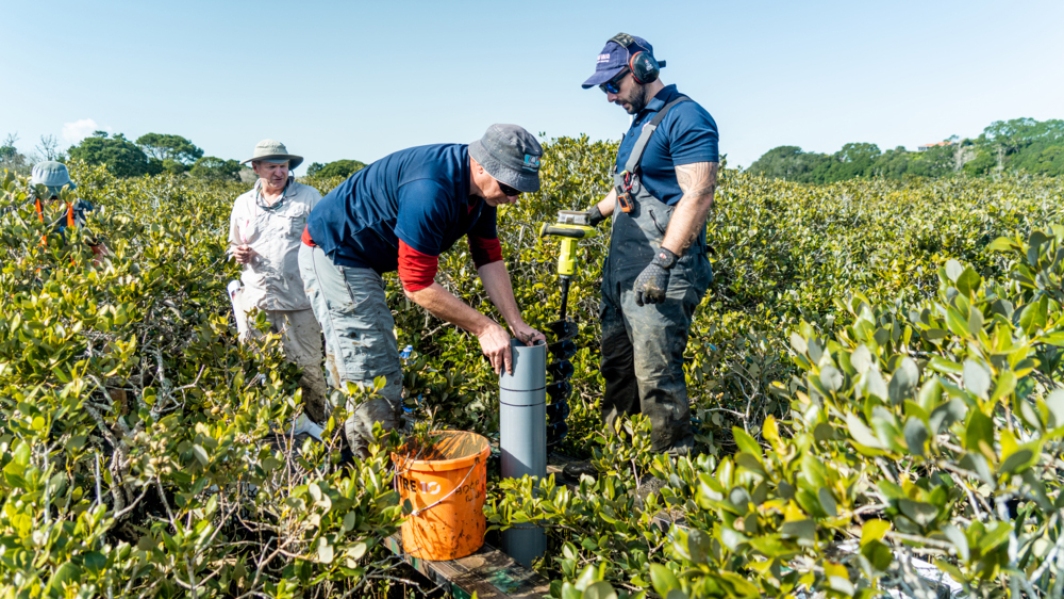-
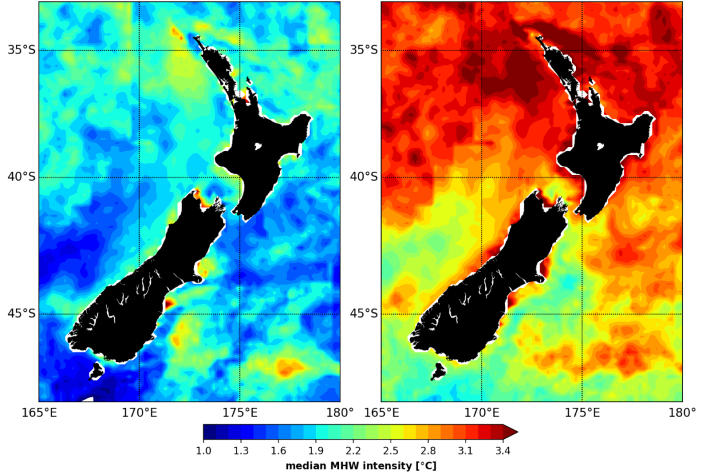
Marine heatwaves
Research ProjectTemperatures around Aotearoa New Zealand are increasing, and not just on land. Amid a changing climate, significant marine heatwaves have impacted Aotearoa over the past decade and are expected to become more frequent and intense. -
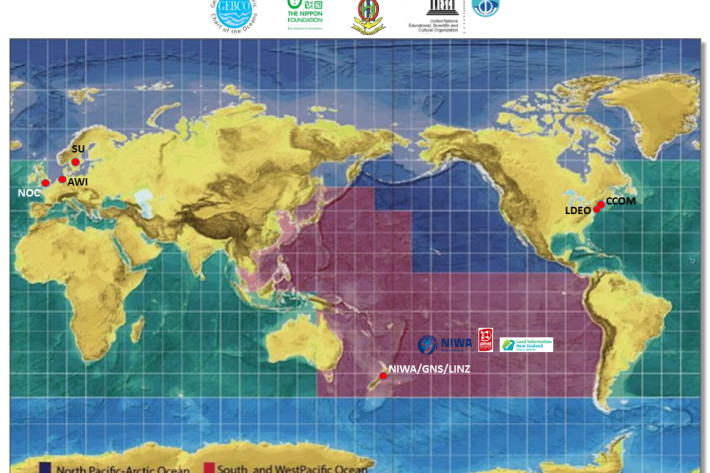
Seabed 2030
Research ProjectNIWA is leading a New Zealand partnership to map the South and West Pacific Ocean's seabed as part of a worldwide initiative to map the entire globe’s seafloor. -
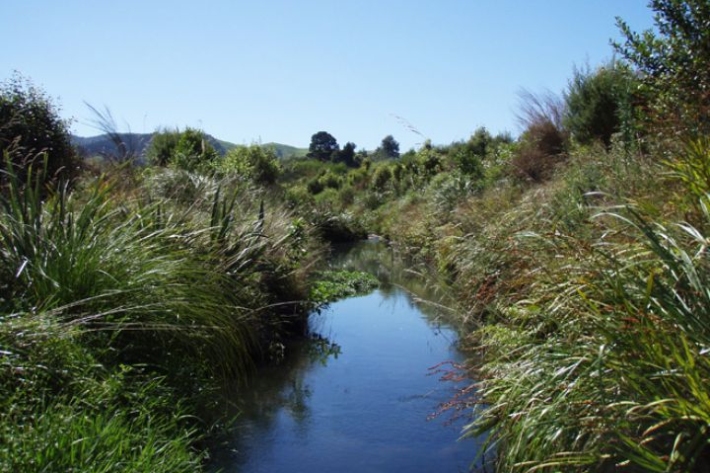
Restoration of aquatic ecosystems
Research ProjectThis project aims to increase our knowledge of aquatic ecosystems and their restoration, and apply this to degraded streams, rivers, lakes and estuaries. -

Future Coasts Aotearoa
Transforming coastal lowland systems threatened by sea-level rise into prosperous communities -
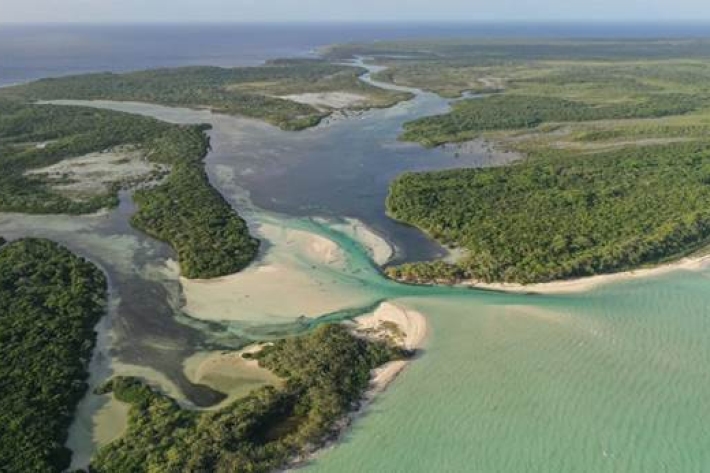
Pacific atoll mangrove forests losing ground to sea-level rise
Research ProjectObservations of a Pacific atoll mangrove forest by a NIWA-led research team suggests mangrove systems on oceanic atolls may lose the race to keep pace with sea-level rise. -
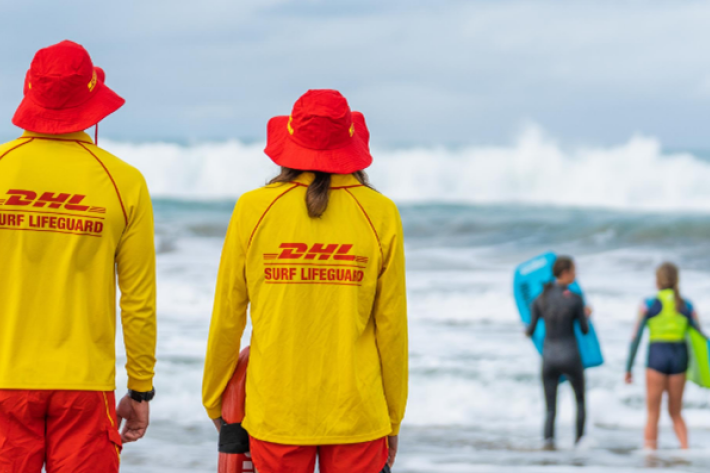
Identifying rip currents using artificial intelligence
Research ProjectNIWA and Surf Life Saving New Zealand are working together to develop a state-of-the-art, rip current identification tool underpinned by artificial intelligence (AI) and deep learning technologies. -
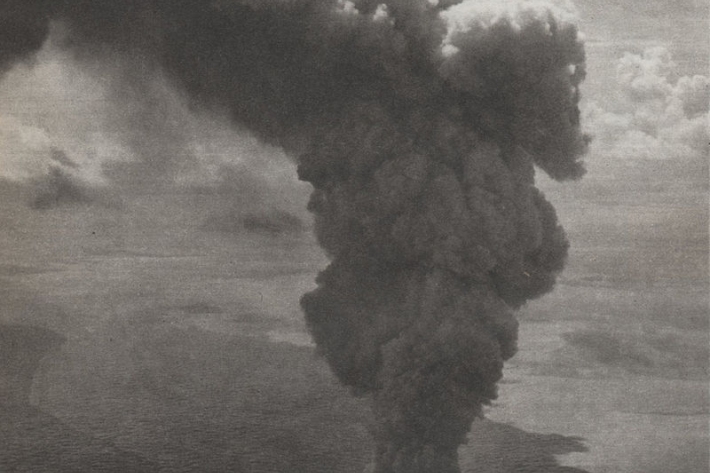
Tsunami generated by underwater volcanoes
Research ProjectMarsden-funded research investigating how erupting volcanoes can cause deadly and damaging tsunamis. -

Maniapoto Cultural Assessment Framework
Research ProjectTe Nehenehenui (previously Maniapoto Māori Trust board) and NIWA are working collaboratively to support Ngāti Maniapoto whānau to reconnect with and participate in the assessment of their freshwater according to their values. -
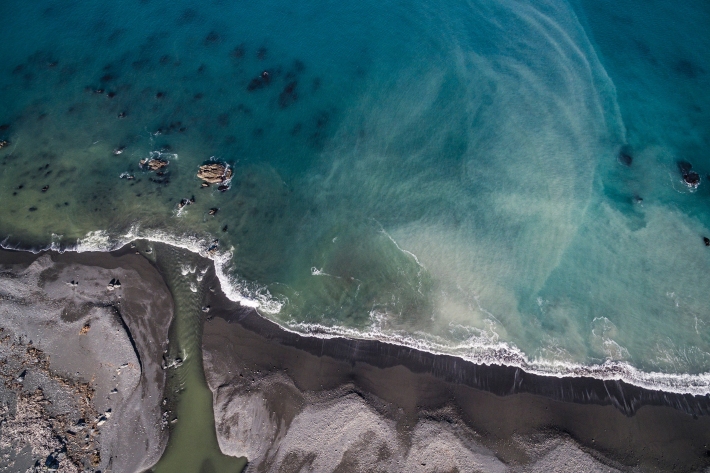
Suspended sediment dynamics in New Zealand Rivers: Impacts of catchment characteristics on the timing of sediment delivery during runoff events
Research ProjectFine sediment is the most pervasive and significant contaminant in New Zealand’s rivers, estuaries, and coastal areas. -

Braided river morphodynamics and invasive exotic vegetation
Research ProjectBraided rivers are an arena where woody weeds and floods are in constant competition with each other.
Braided rivers naturally flood frequently, repeatedly mobilising their bed sediments and shifting their multiple channels. -

Sedimentation effects
Research ProjectA combination of field surveys and on-site observations are being used along with laboratory-based experiments to determine the effects of seabed disturbance on benthic life. -
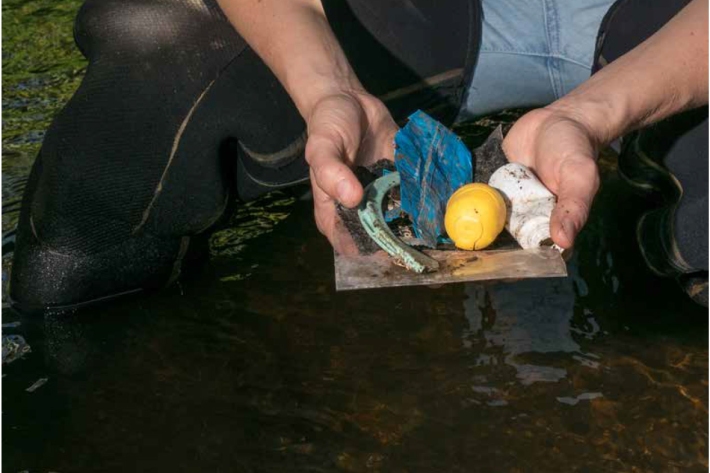
Plastic pollution processes in rivers
Research ProjectMost of the plastic in the ocean originates on land, being carried to the estuaries and coasts by rivers. Managing this plastic on land before it reaches the river could be the key to stemming the tide of marine-bound plastics. The aim of this project is to understand the sources and fate of plastic pollution carried by urban rivers using the Kaiwharawhara Stream as a case study.

